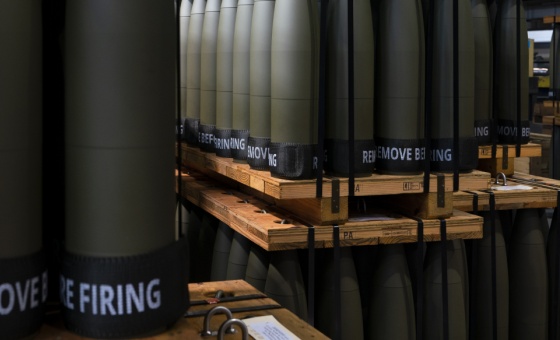This is the last article you can read this month
You can read more article this month
You can read more articles this month
Sorry your limit is up for this month
Reset on:
Please help support the Morning Star by subscribing here
WITH the 50th anniversary of the lunar landings being currently marked, the rocket is capturing the imagination once again.

But, as Fraser MacDonald’s book reveals, the rocket that propelled the Apollo mission to the moon had its precursors.
Escape From Earth narrates the exhilarating story of engineering prodigy Frank Malina who, at the California Institute of Technology in the 1930s, spearheaded the US’s first experiments in rocketry, climaxing with the launch of the WAC Corporal, the first US rocket to reach space in 1946.
But this is much more than just a lost chapter of US history. It is every bit as ragged and wild as Thomas Pychon novel Gravity’s Rainbow and its focus on the nazi-engineered V-2 which, in a later incarnation, powered US space launchers.
From Marxist film screenplays to the sex-magick rituals of Aleister Crowley’s Ordo Templi Orientis, MacDonald makes a compelling case for the vectors of the 20th century all intersecting in the nascent science of rocketry.
He is just as adept at describing the complex minutiae of rocket propellants to the wider political dynamics that shaped the world of the Caltech scientists.
As it happened, Malina and many of his colleagues were committed Communist Party members, believing in a brighter future and hoping their rockets would “give the fascists hell.”
But their work was swallowed in the maw of the emergent military-industrial complex. Those who had pioneered the technologies that would take Americans to the moon saw their livelihoods destroyed by state-sanctioned anti-communist zealotry and their contribution eclipsed by Werner Von Braun’s arrival in the US with his V-2.
Histories of the cold war often leave its cast as flattened ciphers, subservient to its ineffable, binarised plots. By restoring the human stories, MacDonald not only complicates the conventional narrative of US rocketry but also gives space to those traditionally marginalised from the annals of scientific endeavour.
The letters of Malina’s wife, Liljan, expose the pressures such single-minded dedication to a vocation can put on a relationship and the emotional labour that is rarely acknowledged.
By MacDonald’s own admission, much of this history remains necessarily opaque, obscured by FBI redactions and many people’s studious silence about their past.
Nevertheless, the story of another rocket rises, not one forged in the crucible of a nazi concentration camp, but one borne of the twin dreams of socialism and space travel that does justice to the plaque Apollo 11 left on the moon that reads: “We came in peace for all mankind.”
Published by Profile, £20.











